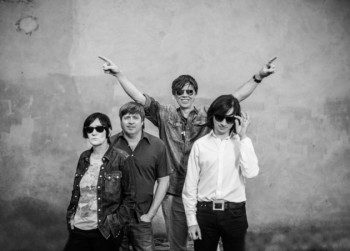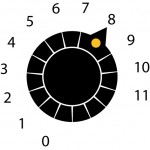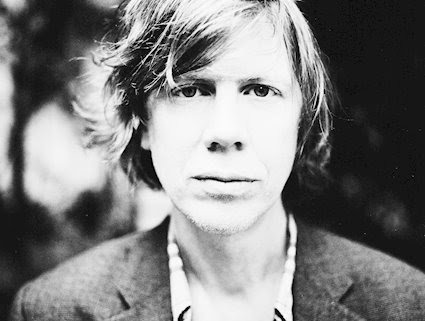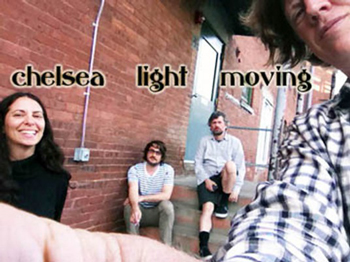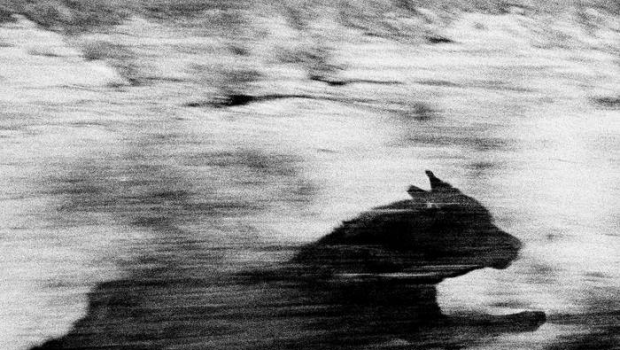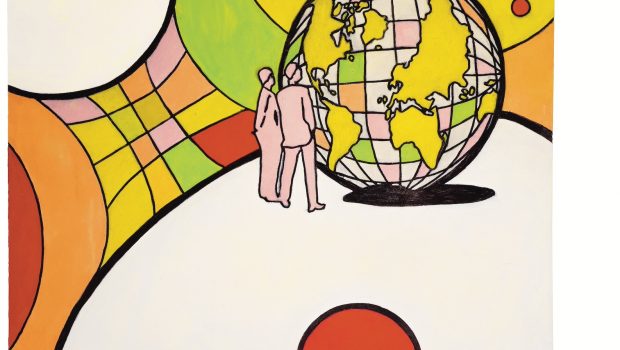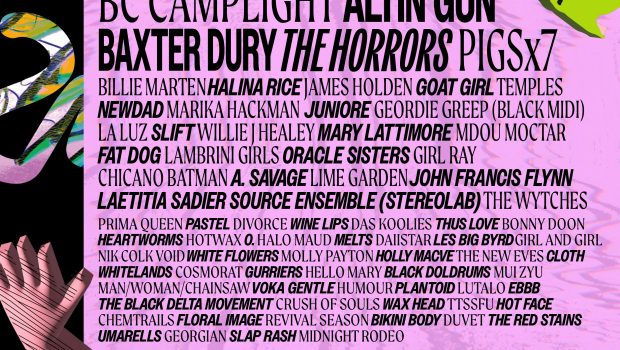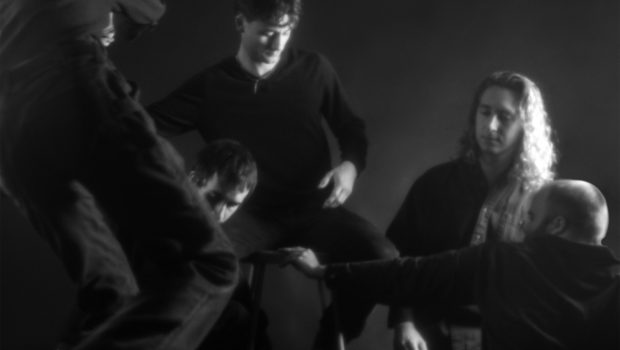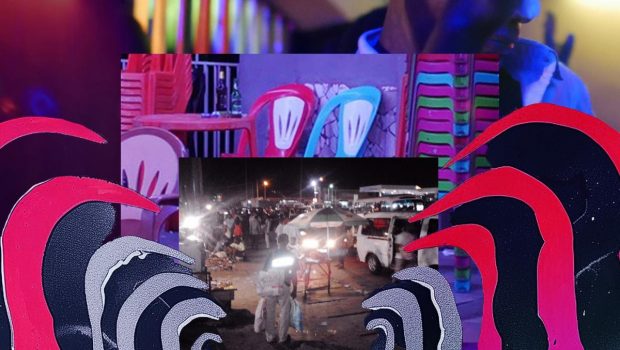Thurston Moore’s new album The Best Day sees the US singer back on more familiar territory after 2011’s acoustic album Demolished Thoughts. Performed by a newly formed Thurston Moore Band and running at 8 tracks across 51 minutes (double LP on Vinyl) this is on first listening very much an “album” in the classic sense, displaying a dynamic curve as a single piece of work.Press and interviews suggest the album is informed primarily by the separation of Moore from ex-partner and Sonic Youth band-mate Kim Gordon, and the whole album does create a state of meditative and personal reflection.
The album’s opening tracks set the scene with their trance-like but constantly shifting and evolving structures. On “Forevermore”, the 11 minute keynote to the album, Moore sings the refrain “That’s why I’ll love you forevermore” over a rolling, lazily evil score: lyrically obscure, we are left wondering is this a love song or is there something darker or sinister in its intent? The underlying feeling is unsettling, tense and amoral, while the momentum of the songs is seductive, embracing and sucks us into a trance-like cocoon.
The weakest tracks on the album – “The Best Day” and “Detonation”, both disappointing garage rock by numbers – are bookended by acoustic tracks that reinforce the restless, dreamlike state engendered by the rest of the album. The inclusion of such obvious SY references may be purposeful, as they set a clear obvious counterpoint to the rest of the album which offers a more mature, incisive and thoughtful intensity.
Instrumental “Grace Lake” and “Germs Burn”, which closes the album, bring us back to the circuitous, reflective nature of the opening tracks. Featuring (Doors influenced) psychedelia, primordial guitar-punk-rock and moments of white noise, this is in my opinion Thurston Moore at his best, and both are dispatched with aplomb. It’s worth noting that guitarist James Sedwards contributes equally to the whole sound of the album, while Debbie Googe and Steve Shelley provide the fluid undulating backbone over which Moore and Sedward can spiel and stretch their jams. Lyrically this is not an album which lets the listener catch or retain any certainty of meaning, and allows plenty of room for the listener’s interpretation. Musically the songs’ directions and patterns similarly evade easy description, being both complex yet coherent and accessible even on first listening. This is duality, but duality with purpose.
The whole album is a statement of fierce restraint and focus. The songs are sculptural, considered, almost architectural in their pacing, phasing and repetition of themes. Indeed there seems to be a consciously deliberate construction to each song: a minimal and finessed approach to place each layered note and beat in exactly the right configuration to allow enough space for it’s constant (re)interpretation. The production is also a masterpiece of understatement, and ensures each song is still accessible while retaining the dissonant, detuned, atmospherics that are Thurston Moore hallmarks. Indeed the spare clarity of the record, where the bones of each song are laid bare for us to see, seems almost to invite our own readings.
In that sense it seems a very crafted album, where the consistent repeating of specific motifs and the use of codas, is a technique used to suggest a restless revisiting of ideas and themes. This is an album that suggests a preoccupied, obsessive introspection, the sound of sleepless nights spent trying to work out solutions but returning to the same problems of fitful insomnia. A middle of the night, after the breakup, album.
